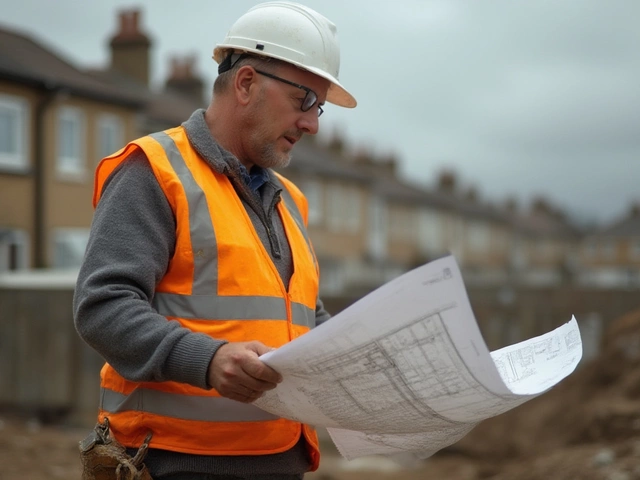Structural Repair: What Every Homeowner Needs to Know
Not sure if a crack in your wall is a minor nuisance or a sign of serious structural trouble? You’re not alone. Most people only think about structural repair when the problem gets visible, but catching issues early can save you time, money, and headaches.
First, look for the classic red flags: uneven floors, doors that won’t close properly, or new cracks that grow over weeks. These clues usually point to movement in the foundation or load‑bearing walls. If you spot any of them, it’s time to take a closer look before the damage spreads.
Quick DIY Checks Before Calling a Pro
Some structural problems are simple enough to tackle yourself. For tiny hairline cracks in interior plaster, a quality epoxy filler works well. Clean the crack, apply the filler, and smooth it out with a putty knife. This won’t stop a shifting foundation, but it can seal out moisture and prevent small cracks from widening.
If you notice water pooling near the base of your house, improve drainage first. Add a slight slope away from the wall, clear gutters, and consider installing a French drain. Good drainage often halts further settlement and gives the foundation a chance to stabilize.
When to Bring in Professional Structural Repair Services
Anything that involves movement—like a sagging beam, large foundation cracks, or doors that hinge on their own—needs a professional. Structural engineers can assess soil conditions, load distribution, and the overall health of the building’s frame. They’ll recommend solutions that range from underpinning and pier installation to wall reinforcement with steel plates.
Choosing the right contractor matters. Look for companies that source materials from trusted quarries, like Lime Hillock’s limestone and other high‑strength aggregates. Quality stone and concrete give repairs the durability needed to last decades.
Cost-wise, expect a range. Small crack repairs might run a few hundred pounds, while full foundation underpinning can reach several thousand. Always get multiple quotes, ask for a detailed breakdown, and verify that the contractor covers warranties on both labor and materials.
After repairs, keep an eye on the area for at least a year. Small shifts can happen as the soil settles around new supports. If you notice new cracks, note their size and location—this information helps the repair team fine‑tune their approach.
In summary, structural repair starts with spotting the signs, handling easy fixes yourself, and knowing when to call in a pro. Use reliable materials, get professional assessments for serious issues, and stay on top of maintenance to keep your building solid for years to come.
Understanding Major Foundation Repair: Key Aspects Explained

Major foundation repair involves extensive work to address serious structural issues that threaten a building's safety and integrity. These problems often manifest as large cracks, sinking, or severe water damage, and require professional evaluation and intervention. Understanding the signs of major foundation issues and the solutions available can help homeowners protect their investment and ensure a safe living environment. This article delves into the types of major repairs, methods for rectifying these issues, and tips on maintenance to prevent future problems.
read more



